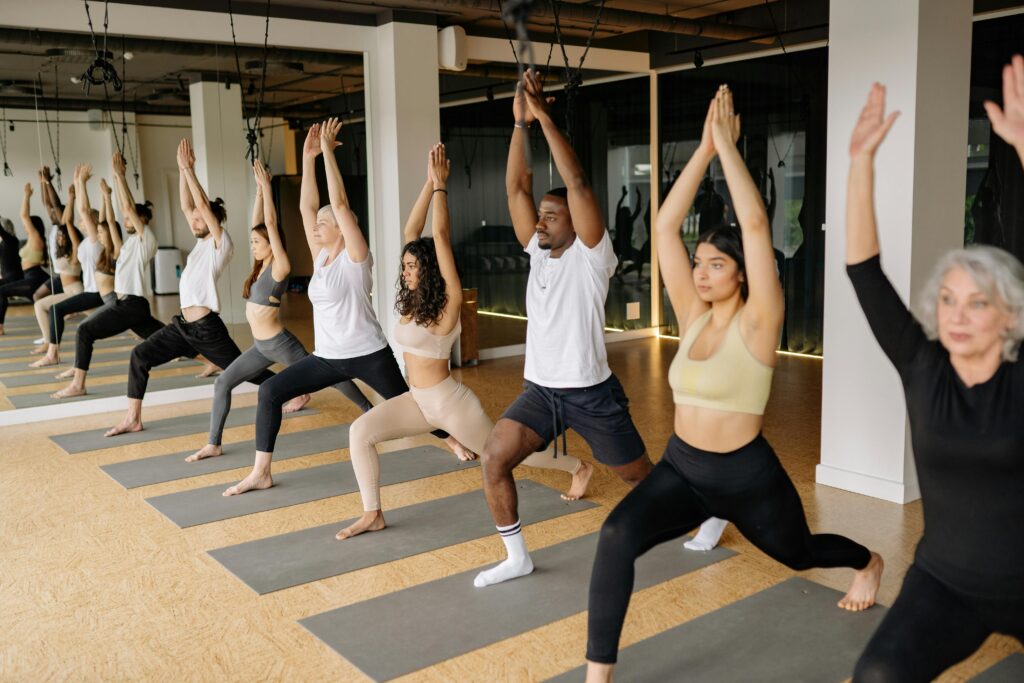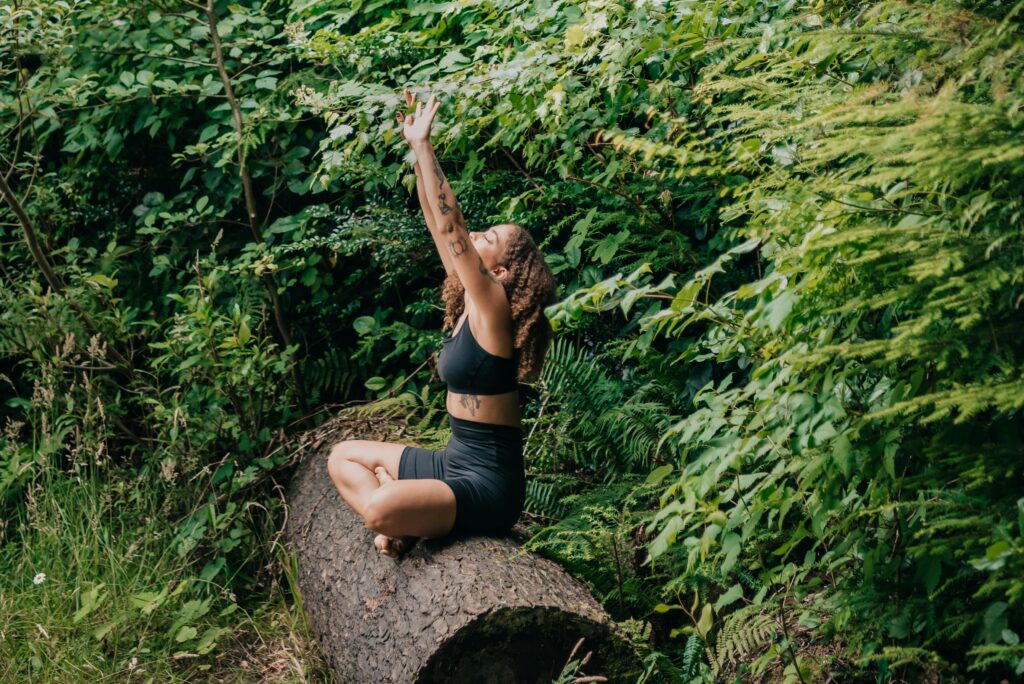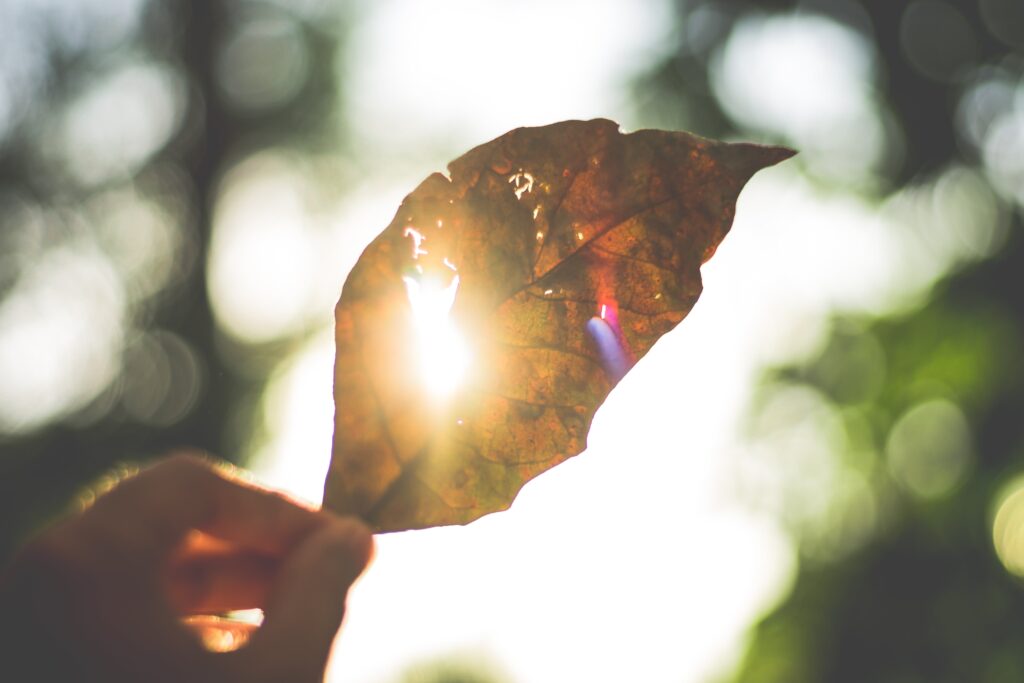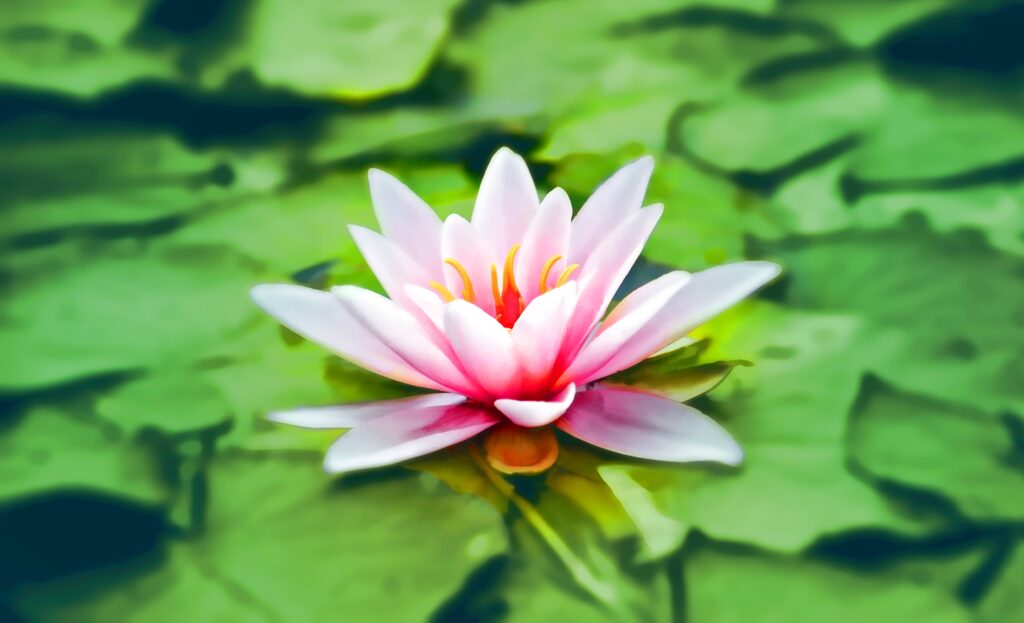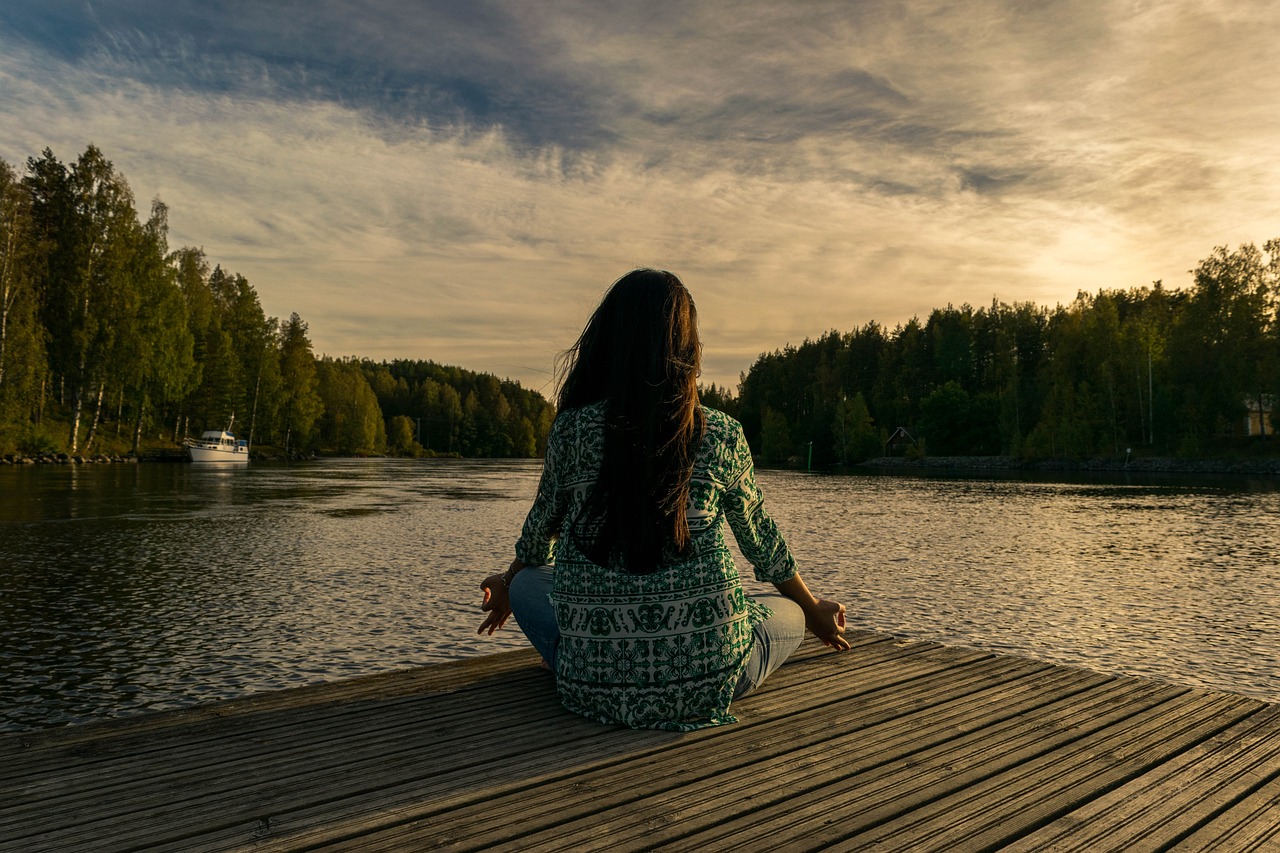
Mindful Living
You may have heard a lot about Mindfulness and mindful living but never really known exactly what it means and why it is spoken about so widely. I’m here to share with you my interpretation of Mindfulness, some techniques to integrate into your life and how these will benefit you and those around you.
Mindful living is meeting the present moment with a sense of kindness, compassion and full awareness. Most people associate mindfulness with meditation. While you can practise mindfulness meditation, you can also practice mindfulness in most activities. You can think of it as a practice that invites us to turn up the volume on our senses and devote our full awareness to one central activity. By encouraging our senses to be consumed in the present moment, the volume of the thinking mind begins to turn down.
When we live mindfully, we are very aware of the now moment , we experience and connect to our senses and snap out of autopilot. We become conscious of this moment as a unique blessing. Mindfulness is not an ‘extra’ thing to do and add to already busy lives but is rather our natural state of ‘being’. Our natural state is to be mindful and it is the outside influences of modern life and pressures which cause a misalignment between how we naturally want to be and how we are programmed to be; constantly living in our minds, analysing, comparing, judging etc.
As a yoga teacher I want to give my students tools to feel centred, calm and balanced throughout all their endeavours off the mat too and the best way to do this is to lead by example., for our mindfulness to be subconsciously available to others. To show how powerfully calming being mindful is, rather than simply teaching the techniques
Coming back to the Present Moment
When we are drawn into stories in our mind, distracted by memories of the past or thoughts about the future, we are not with our physical body and this causes a disparity between our body mind and physical body.. Our physical body is only ever in the now moment and when we live mindfully we allow ourselves to ‘be’ exactly where we are and exactly who we are. Depression caused by dwelling on the past or anxiety about the future is lessened because we are aware and present. We come to realise that thoughts and emotions are transient, they do not define us and with practice we can begin to observe and notice these feelings as they come and go without overly attaching to them for our sense of identity, as our ego likes to do.
Mindful living encourages a life filled with love and compassion and a feeling of connection to ourselves, others and the world around us. We feel less desire to label, judge and criticise. When we live in presence, we are more easily able to surrender and accept life exactly how it is, with less need to attach our own stories, judgments, fears and opinions to it. This in hand encourages us to respond to situations from a place of calm and clarity rather than reacting in habitual ways we are used to and perhaps don’t really serve us.
Human Beings not Human Doings
Today there is so much pressure to do, do, do. To always be striving for the next thing, the better thing, and this causes us to not only never be happy and satisfied with all our blessings but to also be focused on the future rather than the here and now. We are programmed from an early age to focus our energy outwards, to live through our mind, to always be busy or entertained externally in some way. We are human BEINGS. we are here to BE, not just DO; to experience ourselves as well as the world around us and all the excitement it offers us. Mindful living courages us to pause, to connect with who we are, and to just allow ourselves to simply BE.. When we are conscious to be mindful, our sense of calm and balance increases and we can go through our days maintaining this equilibrium..
Our Ego Self
It is our ego that separates us from others. It likes to compare, to judge, to criticise and separate ourselves. our ego is a part of who we are but we can learn to control and live with it rather than being controlled by it. The practice of Mindful living encourages us to be aware and present. Through this awareness and presence, our ego lessens and we become more connected to ourselves and others, to be compassionate with all and to not feel the need to pigeon-hole people or to judge others but rather accept people for how they are. We come out of our critiquing, chatting monkey-mind and live more intuitively and feel our way through life.
A favourite quote of mine by Ram Dass so beautifully illustrates how we can judge less and accept more.
“When you go out into the woods, and you look at trees, you see all these different trees. And some of them are bent, and some of them are straight, and some of them are evergreens, and some of them are whatever. And you look at the tree and you allow it. You see why it is the way it is. You sort of understand that it didn’t get enough light, and so it turned that way. And you don’t get all emotional about it. You just allow it. You appreciate the tree.
The minute you get near humans, you lose all that. And you are constantly saying ‘You are too this, or I’m too this.’ That judgment mind comes in. And so I practice turning people into trees. Which means appreciating them just the way they are.” Ram Dass
Yoga as Mindful Movement
Yoga is fundamentally mindful movement and learning about how we react and handle poses can translate to our lives off the mat too, to notice the chatter of the mind and where it takes us and to not identify with it. To instead give it a nod and then let it go. The asana or physical practice increases our awareness of our physical bodies, to notice how different parts of us feel in different postures, to focus and balance and feel grounded and centred. Yoga is so much more than the shapes we make with our bodies, it is a journey to ourselves and helps us to connect with our Self, a journey on a physical, mental, emotional, and spiritual level. This is true for everyone regardless of age, fitness or any other factorsYoga is a personal journey without competition unlike many sports where competition can be the very focus.
This element of competition can be intimidating and daunting. Yoga, instead uses movement as a tool to feel better physically, mentally, emotionally, and spiritually in a non-judgemental, non-critical, safe environment with no pressure or expectation Yoga aims to simply connect us to our centre, our true Self. When we live mindfully. we are able to be balanced more often and to remain calm and in touch with our true Self. So many of us are operating in the sympathetic nervous system more than is healthy and this affects our physical, mental and emotional health.. Mindful movement or Yoga encourages our parasympathetic system to activate. We feel so much calmer and centred and better in our bodies when this is the case but it also becomes easier to observe our thoughts and feelings and respond with awareness. We are able to recognise the we have a choice in how we respond.
The Wheel of Yoga
We can think of yoga as a wheel with spokes. The spokes of yoga is the idea that at the centre of the wheel is our hub. This represents our true Self, the stillness, our soul, the union with all. Around the outside of the wheel, our transient states, feelings, thoughts, interests and identity are represented. We can get stuck on the outside spectrum of the wheel, overly identifying with transient states, fears, past trauma, negative thoughts and problems. The spokes of yoga can help us to bring us back to our hub, our centre of Being. When we are mindfully aware, we can begin to perceive the world from our hub in a balanced way, rather than becoming stuck on the outside. Yoga reveals to us that we are not our thoughts, past, or traits, that there is so much more to us. When we are mindful and present it becomes easier to observe our thoughts and the emotions that arise from them and encourages us to respond more thoughtfully, to know we have a choice in our response, rather than reacting habitually or without thinking or contemplating. This is because we are not relying on our transient states as our identity or trying to protect our fragile ego.
Through the tools that yoga offers, we can better handle relationships, daily challenges, potential stressful situations and our emotions that arise.
These techniques includes:
Acknowledge and allow your feelings to be felt
It’s important for us to acknowledge our feelings and allow ourselves the space to feel our feelings. Naming them is a skilful thing to do. Once we name the feeling we can see it as something that we are experiencing, rather than us being. As long as there is no real danger in the moment and we are connected to the present moment, we can begin to activate our parasympathetic nervous system which lets our body know we are safe and it’s ok to relax. When you notice fear, anxiety or any unpleasant emotion arising, saying the phrase “Everything ,in this moment is ok” “this is how it is right now” to yourself, or “this belongs” as a way to invite yourself to feel your feelings, to accept the moment and find inner peace. Emotions are Energy in Motion, our thoughts felt in out=r physical being. We can practise mindful living by letting our feelings move through us. To feel all the spectrum of emotions that arrive and then do our best to release them.
Move you body
Whether it’s yoga, dancing, going for a run, anything. Connecting to your physical body will bring you into presence and mindfulness and help you feel centred and grounded. If you don’t know where to begin then start by standing, soften your eyes and feel your feet supported by the Earth beneath you. Really notice how it feels to be rooted to our Earth.Take a few deep breaths and begin moving in a way that your body wants to move. Maybe that movement takes you to the ground or perhaps you want to explore the space around you. Move in a way that is intentional and feel into your body sensations. If you like, turn on music for inspiration.
Spend time in nature
Go outside feel the elements of nature on your skin. Take in the different colours and textures that you see in the trees and flowers, in the little creatures you see. To make this even more grounding try walking barefoot feeling into the earth beneath you. Look up to the sky and take in the spacious view above you. Notice the shape of the clouds. Tune in to the soundtrack of nature all around you, knowing that you are part of it as much as the trees and the stars, you belong.
Focus on your breath
Know that there is no “right way” to breathe. Begin by taking a few intentional deep breaths and notice the sensation of breath as it enters the body and fills your lungs and notice the breath as it leaves the body. Focus on that feeling. Is your breath warm or cool? Where do you most easily experience the sensation of the breath the most? Maybe you notice it as it enters & exits the nostrils, in the expansion & contraction of the rib cage or in rise & fall of the belly. If you like, place a palm of your hand on your chest and the other on your belly to help to connect with the unique rhythm of your breath. To increase feelings of calm, try extending the exhalation, breath in for count of 4, breathe our for 4 then increase when you’re ready and if it’s comfortable to 6 or 8. Please reach out for more info on breathing techniques and their benefits.
Focus on your senses and any sensations
Listen to the sounds around you. Find a comfortable place to sit or lie down. Make a choice to close your eyes or soften your gaze on one thing. Rest your attention in noticing the sounds around you. Try to listen to the sounds as you would your favorite song. Notice the different tones and textures of the sounds. Can you begin to sense the space between you and the sound? See if you can notice the impact that sound has on your breath, body sensations or thoughts. Then try the same with your other senses. Anything you can smell, taste, see , feel against your skin.
Have a warm drink
I find this to be really effective in the morning as a way to check in with myself, or in the evening as a way to reflect on the day as you unwind and prepare for sleep. Make your drink and find a cozy place where you feel at ease to enjoy it. Before you take a sip, spend a few moments taking in the colour and the smell of your drink. Feel the warm cup or mug in your hand. Slowly sip and notice the warmth that enters your mouth, the taste and sensation of ingesting the drink. Take your time devoting your focused attention on the experience of savoring your warm beverage.
Nourish your body
As you begin to make a meal, set an intention to do so with your full attention. Take in the colours and aromas of the food. Before you eat, take a moment to be grateful for the food and its properties that nourish your body. Focus only on eating your meal in a slow intentional way. Notice the texture and taste in every bite. Chew for longer. After you’ve completed your meal give your body the space and time to rest, digest and absorb all the nutrients.
Take a nap
Sleep is so nourishing for our nervous and immune systems. Give yourself permission to lie down and close your eyes. Snuggle up in a cozy blanket. Feel your body being supported by your bed or the couch. Feel your eyes resting into and being supported by the eye sockets. With every exhalation allow yourself to release and soften a little more, giving the muscles and tissues in your body permission to let go
Go for a walk
Decide on a route or a path that you don’t normally take. This will allow your mind to take interest in your new surroundings. See everything with new eyes, as a child would, lose the names and labels of your surroundings.Walk at a slower pace feeling your feet connecting and lifting up from the ground. Pay attention to your surroundings on purpose and engage your senses. Notice how the temperature of the air feels on your skin. Take note of the colours and shapes that you see. When you pass someone, make eye contact and smile.
Speak to friends and family
We all experience loneliness at one time or another. Bring to mind a person that brings a smile to your face when you think back to memories of time spent together. It can be a person that you speak to often or maybe someone you haven’t connected with in a while. Take a moment and give them a call — hearing the sound of the voice of someone we love can instantly lift our spirits and elevate our mood.
Living as humans on this planet we will continue to be faced with uncertain times in the world. Investing in mindfulness and wellbeing practices on a consistent basis will help us all learn to navigate the world and relate to it with more ease.
Be gentle with yourself. Give yourself permission to feel your feelings. Create space in your day to embrace mindfulness.
Please contact me if you would like more information about how to live more mindfully.
With love
Anney xx

